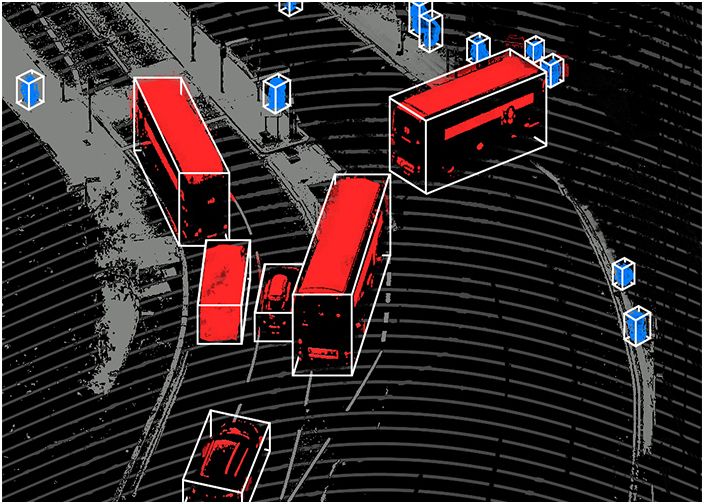Industries across the board rely on the power and scalability of machine learning and artificial intelligence to gain invaluable insights from large amounts of data. Image annotation is an essential method in computer vision. It can help make sense of visual data. This article explores the world of image annotation as well as the significance of using tools to annotate images as well as software for making data-driven decisions.

Image annotation is the act of labeling or tagging images by using metadata. This allows computers to understand and interpret visual data accurately. Image annotation helps models using ML to identify objects, patterns, and other attributes of images by adding annotations such as bounding boxes or polygons. This process bridges the gap between raw image data and actionable insights. It opens the doors to applications in many domains such as autonomous vehicles, and medical imaging.
A wide range of software for the annotation of images has been designed to simplify the process. These tools feature user-friendly interfaces that let users easily mark images or objects that are of significance. These tools provide a variety of annotation options, in addition to options for customization which can be customized to meet specific requirements for data. Image annotation tools offer many tools, including basic drawing tools to automatic suggestions as well as advanced recognition of shapes. They improve the accuracy and efficiency of annotation and let annotators effectively and efficiently.
The next version of image annotation software is a combination of automation and collaboration. These applications make use of ML algorithms to automate the annotation process, which reduces manual labor and increases annotation speed. Annotation software can speed up the labeling process by employing techniques like active learning and transfer learning.
The annotation software enables effortless collaboration between teams. It offers real-time annotation versioning and commenting functionality that ensures a smooth exchange of information. This collaborative approach not only enhances the quality of annotations but also encourages knowledge sharing and ensures consistency across annotations.
When choosing an image annotation system there are a variety of factors to be taken into consideration. First, the choice needs to be in line with the specific requirements of the project such as the type of annotation required (e.g. keypoints or polygons), complexity of the task of labeling, as well as capacity.
Second, flexibility and adaptability are key. A robust annotation system should be able to modify annotation workflows and integrate with the existing software for managing data. It should also be compatible with various data formats. This flexibility will ensure that the annotation solution will seamlessly integrate with existing pipelines and workflows improving overall productivity.
Thirdly, it is important to examine the quality of annotations the solution generates. Quality control techniques are utilized by trusted image annotation software to ensure consistent and precise labeling. These include annotation validation checks for agreements between annotators and feedback loops that connect reviewers and annotations.
The value of annotations on images extends beyond the annotation process itself. Businesses can boost the value of data through the use of software, tools, solutions, and software. In the first place, precise annotations facilitate the development and training of ML models that have higher accuracy and reliability. These models can be used in a myriad of ways like image classification, object recognition, and anomaly recognition.
Image annotation is also a way to facilitate the use of data in decision-making by providing rich, relevant insight from visual data. In the healthcare industry, medical images annotated with annotations can aid in diagnosing illnesses, detecting abnormalities, or planning treatments. Images that are annotated in e-commerce can support image search functions, product recommendation systems, as well as visual merchandisers.
In unlocking this powerful source of information, image annotation using data sciences has revolutionized how we work. It helps expedite data analysis, reveal undiscovered relationships, and produce real-time insights. Businesses can gain a competitive edge by reducing their costs, speeding their time to market, and streamlining processes with images that are annotated. Annotated images are more readable and useful for all stakeholders in any business because they are able to visualize concepts easier than abstract figures. If done properly, annotation can be a very effective way to convert data into actionable insights and increase the value of all applications.